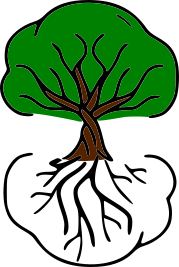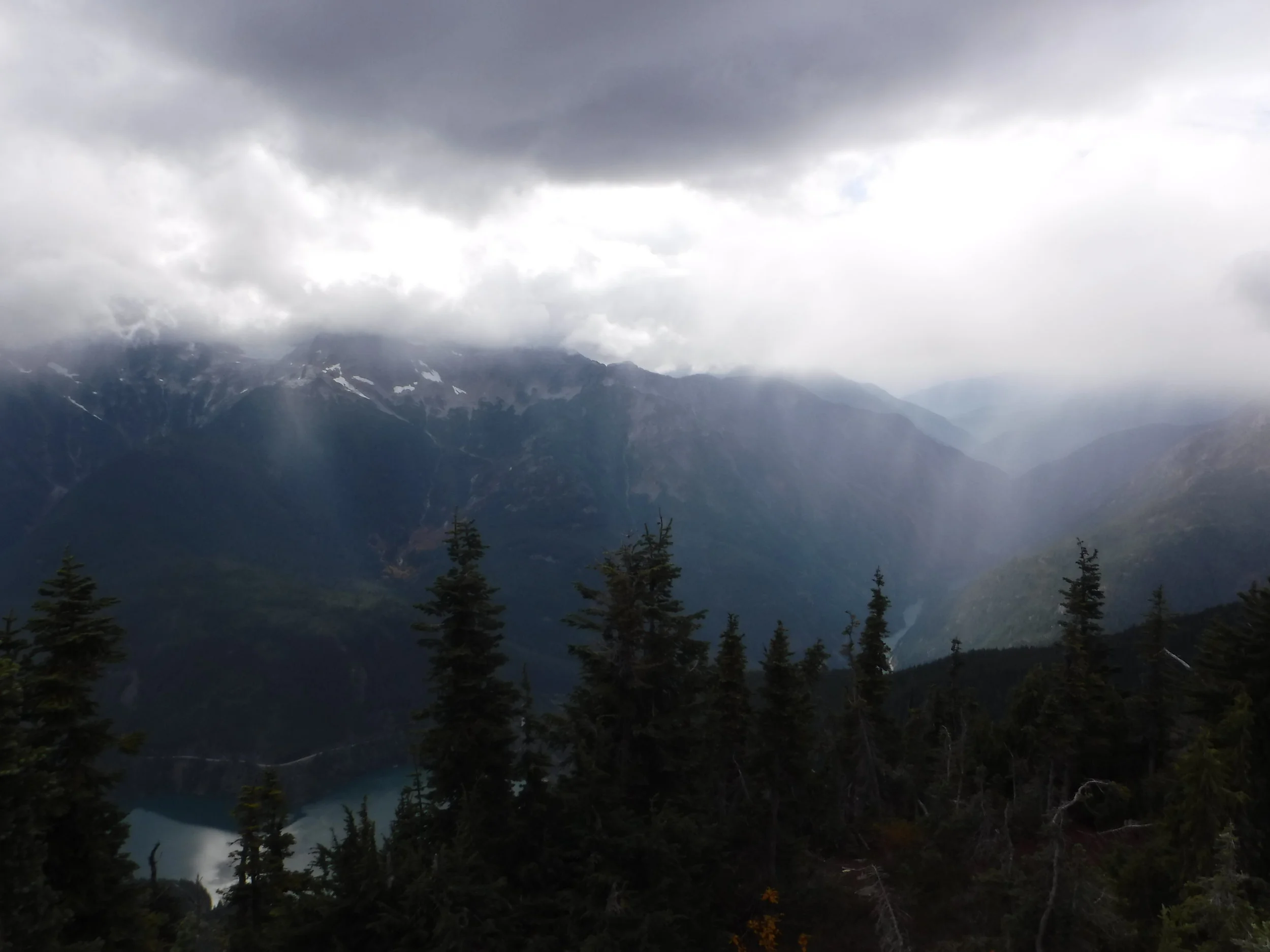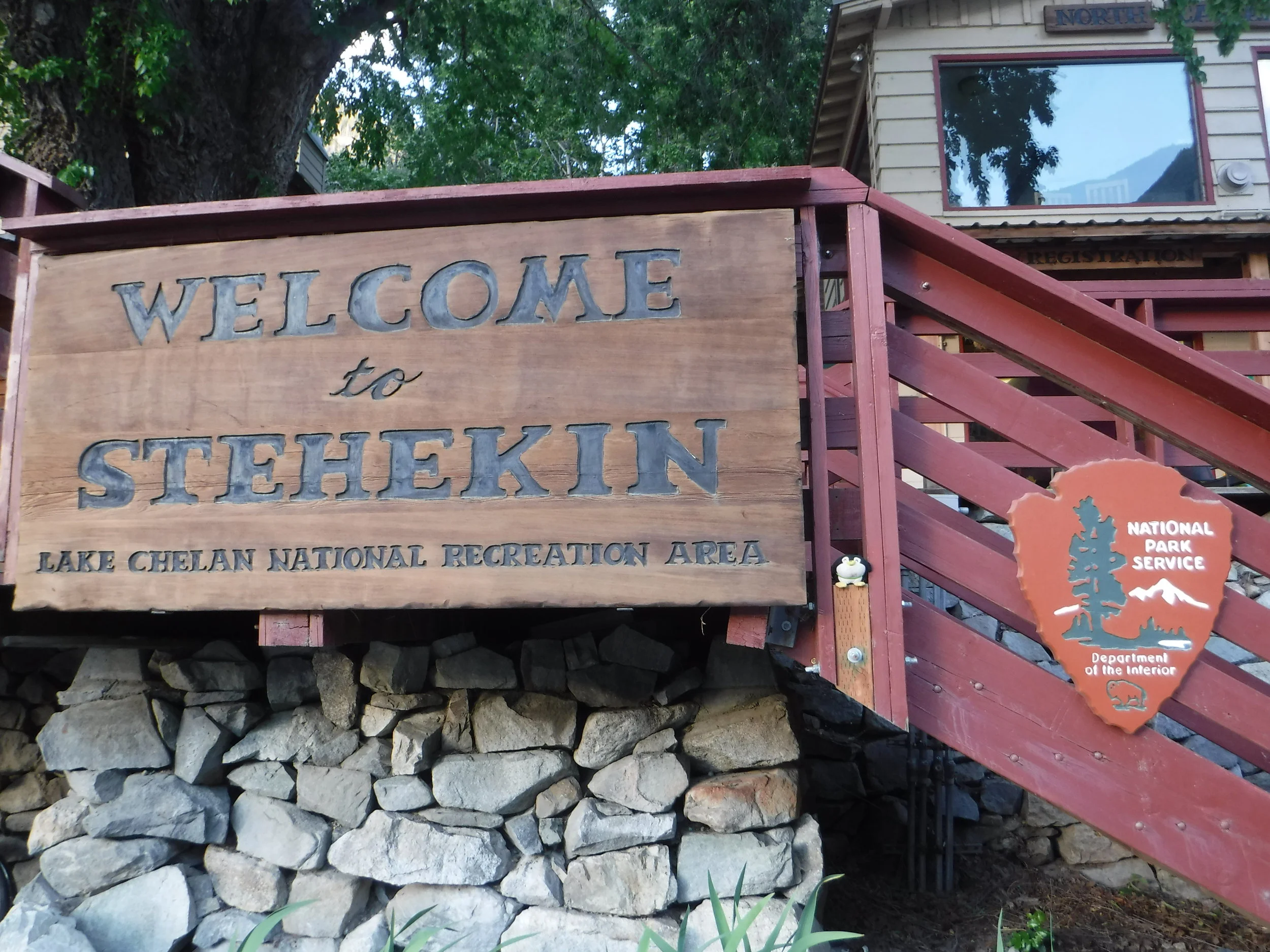Now both my nature friends and nerd friends have a problem with this game. Yes, people are busy on their screens. Yes, the gameplay sucks. Yes, people might run into things because they are not paying attention. Yes, there is barely any gameplay (did I mention that the gameplay sucks?).
But to explain why this is an essential tool for Environmental Educators we need to go back. Before I climbed any mountains. Before I had even left the state of Pennsylvania...
(Cover photo courtesy of Nieris on Deviantart)











